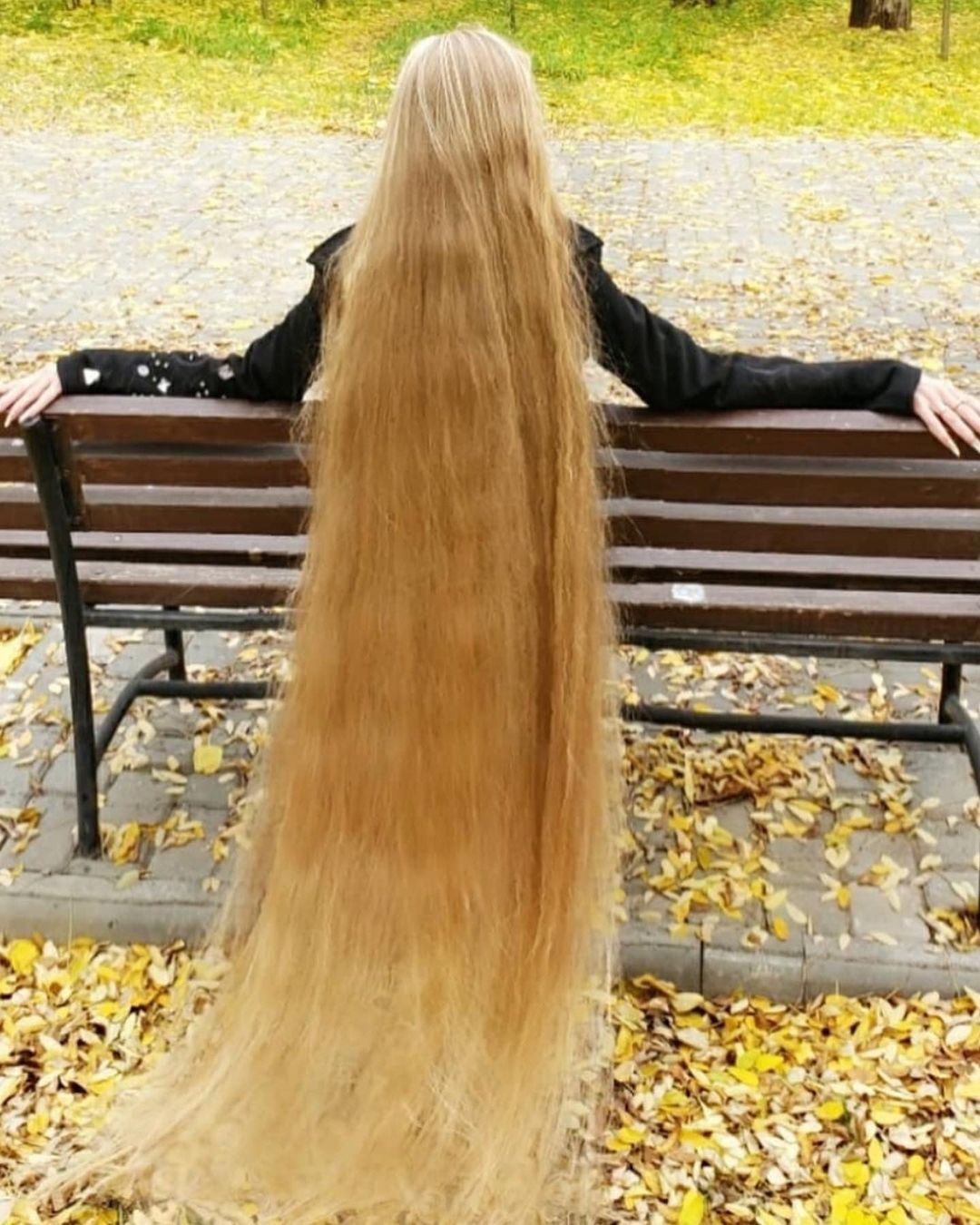How Color Influences Taste: Science Project Insights and Practical Guidance
Introduction: The Science Behind Color and Taste
Our perception of taste extends far beyond the tongue. The color of food and drinks plays a significant psychological role in shaping our expectations and experiences of flavor. This science project explores the intricate relationship between color and taste, offering students and educators a chance to investigate how visual cues can alter flavor perception, influence judgments, and even shape eating habits. In this guide, you’ll find a detailed explanation of the science, real-world case studies, and actionable steps to set up and analyze your own experiment.
Understanding Color-Taste Associations: Research and Examples
Scientific studies consistently show that people make subconscious associations between specific colors and particular flavors. For example, red and pink are often linked to sweetness, while yellow and green suggest sourness, and white or blue are associated with saltiness. These associations are learned early and reinforced by common foods-think strawberries (sweet, red), lemons (sour, yellow), and salty snacks (often in blue packaging) [1] [4] . A classic example illustrates this phenomenon: when researchers added a tasteless red dye to a white wine, even experts began describing it with flavor notes typical of red wine rather than white, demonstrating how color can override actual taste [1] .
The Psychology Behind the Effect
Color influences taste perception through both psychological expectations and learned associations. When people see a red drink, they may expect it to be sweet, which can actually make it taste sweeter to them-even if the recipe is unchanged. Conversely, blue or green drinks may be rated as saltier or less sweet. This effect is partly due to our brain’s tendency to use visual cues for rapid decision-making about food safety and flavor intensity [2] .
However, not everyone responds the same way. Cultural context and individual experience play a role. A blue drink may suggest mint to some and berry to others, depending on cultural exposure and food market trends [1] . Some studies show that when there is a strong mismatch between color and expected flavor (for example, a green drink that tastes like chocolate), people may ignore the visual cue altogether or even have a negative reaction [4] .
Case Studies and Real-World Applications
Food manufacturers leverage color psychology to influence consumer choices. For instance, candies and sodas often use red or pink packaging to signal sweetness, while savory snacks might feature blue or green hues. In research published in the Journal of Food Science, strawberry-flavored drinks were consistently rated sweeter when they were colored red versus when they were colorless or green [2] .
Another classic study demonstrated that adding green coloring to a clear solution made people more sensitive to sourness, while red coloring heightened perceived bitterness [5] . These findings are used in product design, marketing, and even the arrangement of food on plates to enhance the dining experience.
Step-by-Step Science Project: Does Color Affect Taste?
This section offers practical instructions to run your own experiment, either at home or in the classroom. The goal is to test how color influences perceived taste using simple materials and standardized methods.
Materials Needed
- Clear, flavor-neutral liquids (such as water or lemonade)
- Food coloring in red, yellow, green, and blue
- Small cups or tasting containers
- Blindfolds or opaque cups (to control for visual cues)
- Paper and pencils for recording responses
- Optional: Sweeteners, salt, lemon juice (to create different flavors)
Procedure
- Prepare identical solutions of the base liquid. Divide into equal portions.
- Add a different food coloring to each portion (leave one uncolored as a control).
- Label each cup with a code, not the color, to prevent bias.
- Have participants taste each sample and rate perceived sweetness, sourness, saltiness, and bitterness on a scale (such as 1-5).
- Optionally, include a round where participants are blindfolded to test the influence of sight alone.
- Collect and analyze the data for trends: do people rate the red liquid as sweeter, the green as more sour, etc.?
Data Analysis and Interpretation
Compile all ratings into a chart or table. Look for patterns in how color affected taste perceptions compared to the control (uncolored) sample. For example, if most participants rate the red solution as sweeter despite identical ingredients, this supports the hypothesis that color affects taste perception. Discuss any exceptions or outliers, and consider cultural or personal factors that may explain them.
Challenges and Solutions
One challenge is ensuring that participants are not influenced by their knowledge of the experiment. To address this, use a double-blind approach where neither the participant nor the person handing out the samples knows which color corresponds to which flavor. Another issue is individual taste preference or color blindness; recruiting a diverse group of participants can help control for these variables.

Source: madebyteachers.com
Sometimes, results may show no clear pattern. This can occur if the color associations in your participant group are weak or if the color/flavor combinations are too unfamiliar. In such cases, discuss possible explanations, including psychological and cultural factors as outlined in scientific literature [3] [4] .

Source: es.learniv.com
Alternative Approaches and Extensions
To extend your project, consider testing the effect of color on different types of food (such as yogurt, candy, or crackers) or using different age groups. You might also investigate the impact of packaging color on taste expectations or whether changing the color of plates and utensils produces similar effects [1] .
For a more advanced project, research the effects of color saturation and brightness, or compare responses across cultural groups. Use online survey tools or digital forms to collect data efficiently if working with larger groups.
Key Takeaways and Practical Insights
The influence of color on taste is a well-documented psychological phenomenon, though the strength of the effect can vary widely across individuals and cultures. Color cues shape not only our expectations but also our actual sensory experience, affecting taste ratings, purchase decisions, and overall satisfaction with food. Understanding this relationship provides valuable insights for science projects, marketing, and everyday eating habits.
Accessing Additional Resources
To learn more about the science behind this topic, you can:
- Search for peer-reviewed articles on PubMed using terms like “color and taste perception” or “food color psychology.”
- Visit academic institution websites for research summaries in psychology and food science.
- Ask your local librarian for books or journals on food psychology and sensory science.
If you are entering your project in a science fair, consult your teacher or the official science fair guidelines for formatting and safety requirements. For curriculum alignment, check the National Science Teaching Association (NSTA) website or your state’s education department for recommendations on student experiments and reporting standards.
References
- [1] FoodUnfolded (2020). How Does Colour Affect Taste and the Way We Eat?
- [2] Metrobi (2024). How does color affect taste?
- [3] George Fox University (n.d.). Preconceptions of Taste Based on Color.
- [4] PMC (2019). On the Relationship(s) Between Color and Taste/Flavor.
- [5] Flavour Journal (2015). On the psychological impact of food colour.


